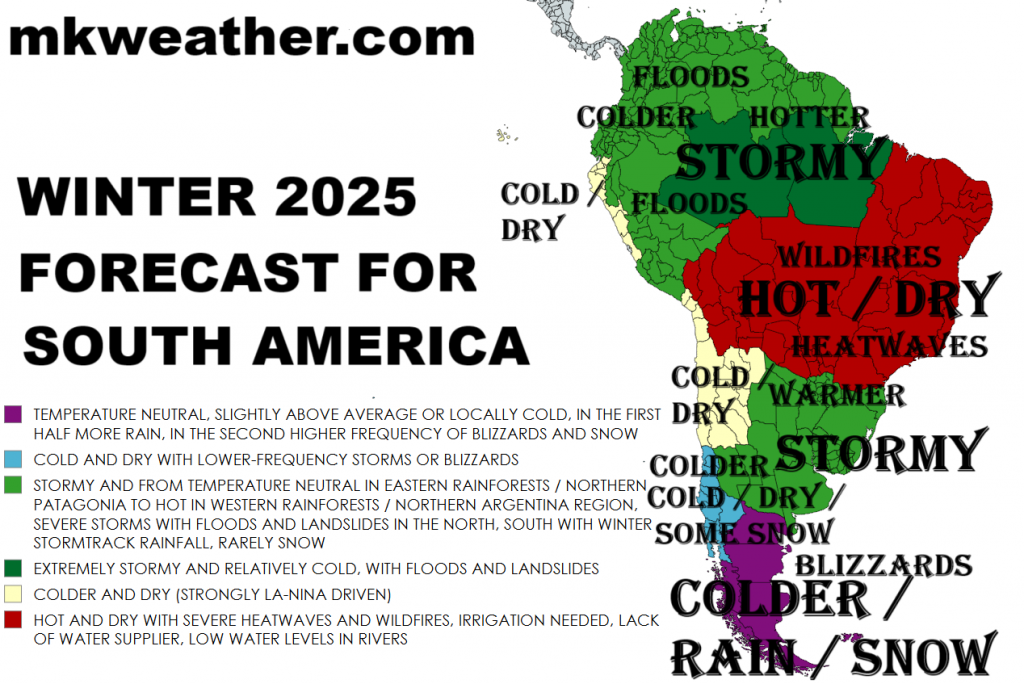
Summer 2025 is almost here, and Mkweather (mkweather.com) is bringing the first continental updates of seasonal forecasts for Europe /Europe//, North America /North America//, and Asia /Asia/ for Summer 2025, Africa for Winter and Summer 2025, Australia, South America, and Antarctica for Winter 2025.
This article will look at the forecast Winter 2025 conditions in South America.
The La Nina pattern is predicted to strengthen in Winter (JJA) 2025, with immediate impact to South America. La Nina will be supported with PDO- phase and in Asian part of Pacific with IOD-, too.
La Nina is bringing typical patterns to South America in the form of stormy Colombia, Venezuela, the Guyana region, Ecuador, continental Peru, and northern Amazon, such as the stormier Plata region. Meanwhile, the southern half of Brazil, such as Bolivia, Paraguay, and parts of northern Argentina, is mostly hot and dry. Pacific coast is cold and dry during La Nina events.
Cooling Antarctica, such a component of climate change, should affect mainly southern and central Patagonia with a relatively higher intensity of blizzards, especially in the second half of the season, in case of AAO- phase during the upcoming winter. AAO trends from 1979 to 2025 or from 2000 to 2025 showed that in summer months (DJF), AAO+ phase is more frequent, but in winter months (JJA), a clearly neutral trend was found, which means chances for winter blizzards in the southernmost parts of continents in the Southern Hemisphere.
The northern coast of South America should be hit already in Summer 2025 by Atlantic hurricanes, especially Colombia, Venezuela, Trinidad and Tobago, Guyana, French Guyana, and Suriname. Hurricane season is forecast to be strong thanks to La Nina, PDO- and AMO+.
South Atlantic tropical cyclone season, a new phenomena near Brazil and La Plata coast, is a question of November to May months, therefore, in Winter 2025 it will have a break.
Northward from the Falklands will persist a robust blocking high during Winter 2025, which means heatwaves in southern Brazil and parts of Paraguay, Bolivia, and northernmost Argentina, with a powerful wildfire and drought season, especially in southern Brazil, with a possible more expensive price of coffee from the region.
40-day MJO forecast promises a dry phase at the start of Summer 2025, but a neutral phase for the middle part of June 2025 for the region, which should mean stronger storm activity above the Amazon.
ITCZ will be shifted relatively northward from its common position, mainly thanks to La Nina, or neutral or possibly slightly negative AAO.
QBO slow shift from Westerlies to Easterlies should weaken westerlies and strengthen easterlies in the tropical stratosphere.
We are presupposing, that similarly than La Nina, Dakar Nina will be bringing drought into western coast of the continent (in this case Africa, in case of South America the Pacific coast) and stormy pattern in equatorial and subequatorial areas on eastern coasts of the continent (in this case northern South America, in case of Asia SE Asia).
PSA- (Pacific South-American Oscillation) should contribute to hot and dry anomaly in southern Brazil, Paraguay, Bolivia, and northernmost Argentina, and it is in some years associated with a wet Central Chile, too (not the case of Winter 2025).

A few main factors will be affecting conditions during the upcoming Winter 2025:
1. Sun cycle
Surprisingly strong solar activity during the peak of the current 25th solar cycle in the last years was associated with a strong phase of La Nina in its coming phase, it means from spring 2020 to spring 2023 (together 3 years of La-Nina driven climate anomalies around the Earth) and a short, but strong El-Nino in its peaking phase from Spring 2023 to Summer 2024. Now we are again in La Nina phase, but relatively weak La Nina, with a decrease of sunspots and geomagnetic storms, it means yearly lower chances for NAO+, mainly in the winter. In the Little Ice Age, a weak Sun activity produced Godzilla El-Ninos and strong AO- and NAO- patterns across the Northern Hemisphere with a result in hunger, bad harvests, diseases, fear, and finally, an inquisition. A peak of the strong solar activity was observed between 1950 – 2000, and from then, activity was decreasing, however, the last cycle was observed surprising increase of the Sun activity, with surprising events in the first half of 2024.
From 21. to 22. February 2024 there was a big chance, that the Sun produced the strognest Triple-eruption in 24-hours In the last 30 years, maybe since 1900, maybe since pre-Middle age times (Middle ages hadn´t strong Sun stroms). There have been 3 Triple-eruptions in the last 20 years:
2013: weaker intensity 5/13/2013 2:17 N11E89 X1.75/13/2013 16:01 N11E85 X2.85/14/2013 1:11 N08E77 X3.2.
2014: weaker intensity 6/10/2014 11:44 6/10/2014 11:42 S15E80 X2.26/10/2014 13:03 6/10/2014 12:52 S17E82 X1.56/11/2014 9:10 6/11/2014 9:06 S18E65 X1.0.
2017: main eruption stronger, but 24-hour criterion not met9/6/2017 9:17 9/6/2017 9:10 S08W32 X2.29/6/2017 12:10 9/6/2017 12:02 S09W34 X9.39/7/2017 14:55 9/7/2017 14:36 S11W49 X1.3.
Year 2003 brought 2 giant eruptions, but again only 2 in 24 hours and not 3, does not meet criteria (https://sos.noaa.gov/catalog/datasets/sun-historical-solar-flare-2003/).
Previously the solar cycle peaked between 1989-1992: “The next 14 days produced 11 “X class” flares” March 1989: The largest geomagnetic storm in the 20th century: (https://agupubs.onlinelibrary.wiley.com/…/2019SW002278).
But even the strongest storm in 100 years did not produce 3 X ray bursts in 24 hours: (https://agupubs.onlinelibrary.wiley.com/…/swe20919-fig).
Stronger solar cycles occurred 3 more times from the 1950s to the 1970s, but we don’t know if there was a triple burst. If not, it may be the strongest triple burst since before the Middle Ages, when solar activity was at a strong minimum. Database: https://xrt.cfa.harvard.edu/flare_catalog/all_full.html.
The strongest geomagnetic storm in 21. century? The strongest since 1960 and the second strongest in 100 years? According to estimates of the daily Ap index for 11.5.2024, Ap 274 was measured (note: current Spaceweather data contains a number 271), which should be the second strongest X-ray attack on our bodies in 24 hours in almost 100 years (since 1932) (in modern history)! Stronger was only 1960 with Ap 280. If we overcame single days in the years 1989 and 2003, it will be the strongest geomagnetic storm since 1960 (in 64 years), which is a once-in-a-lifetime event. Moreover, weakening of solar cycles in 21. century is mostly expected, which should mean that this should be the strongest geomagnetic storm in 21. century! https://www.spaceweatherlive.com/…/top-50-geomagnetic…https://www.spaceweather.gov/…/aurora-dashboard….
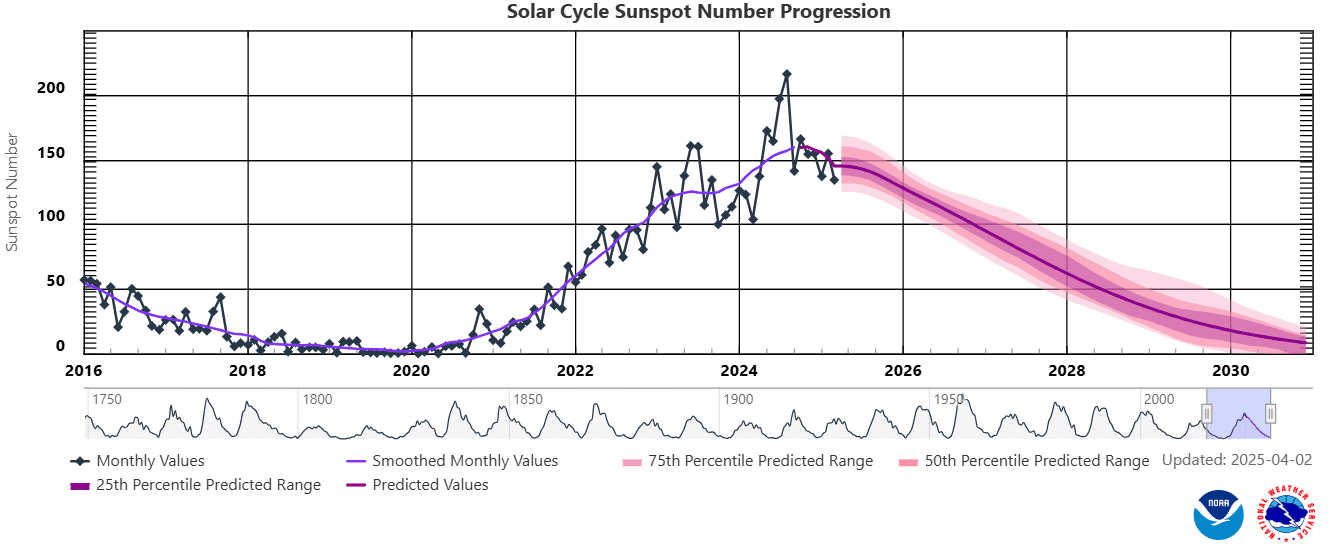
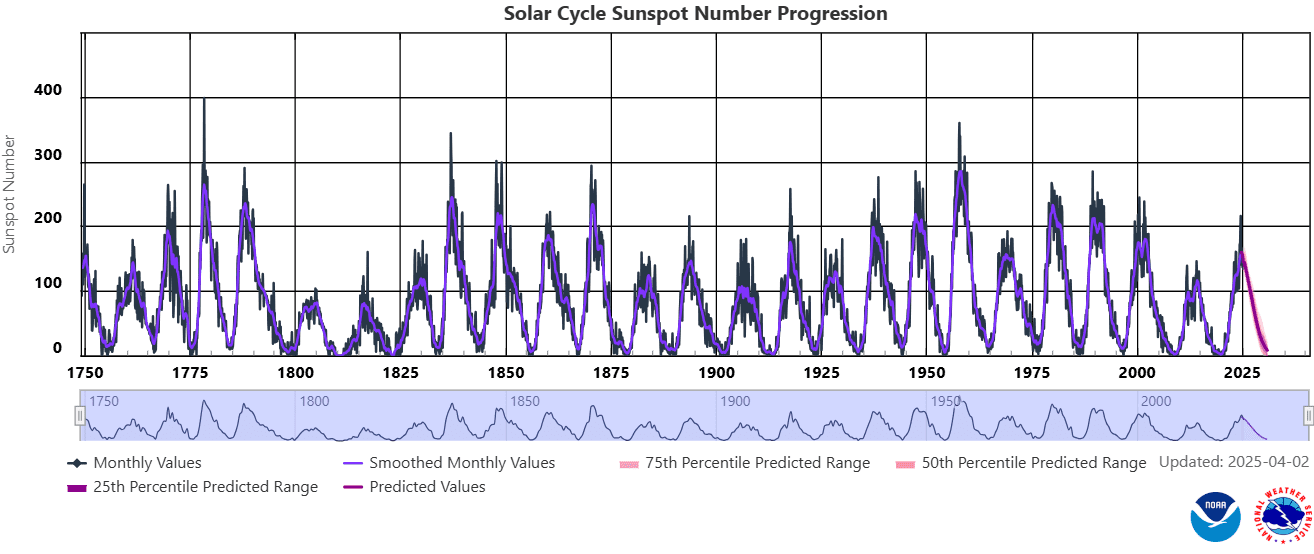

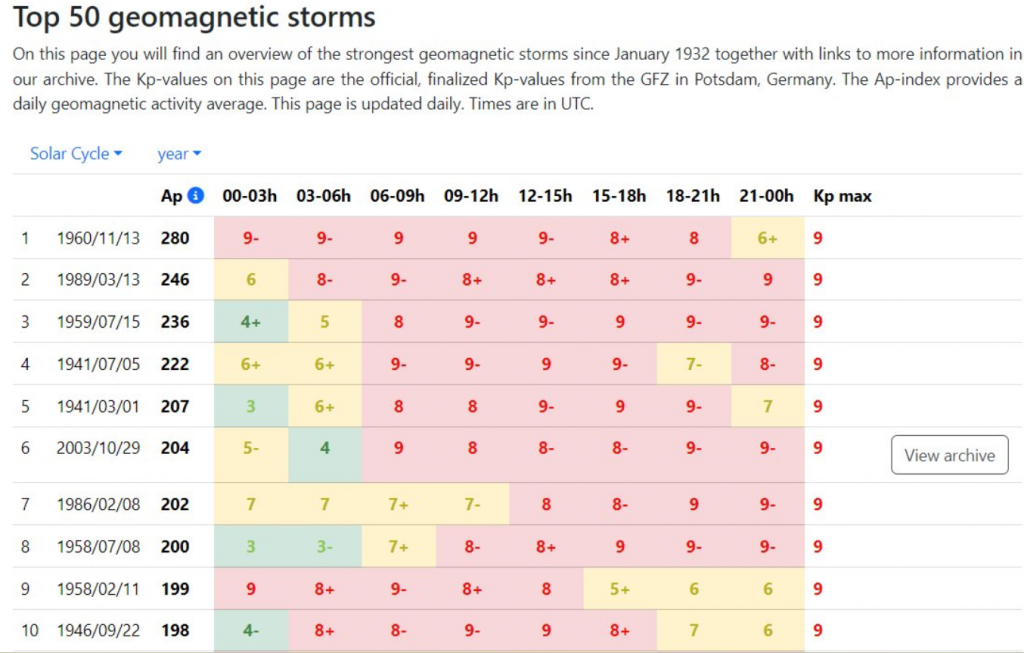
The strongest 24-hour geomagnetic storms until 11. May 2024 (placed in second place) /Source: spaceweather.com
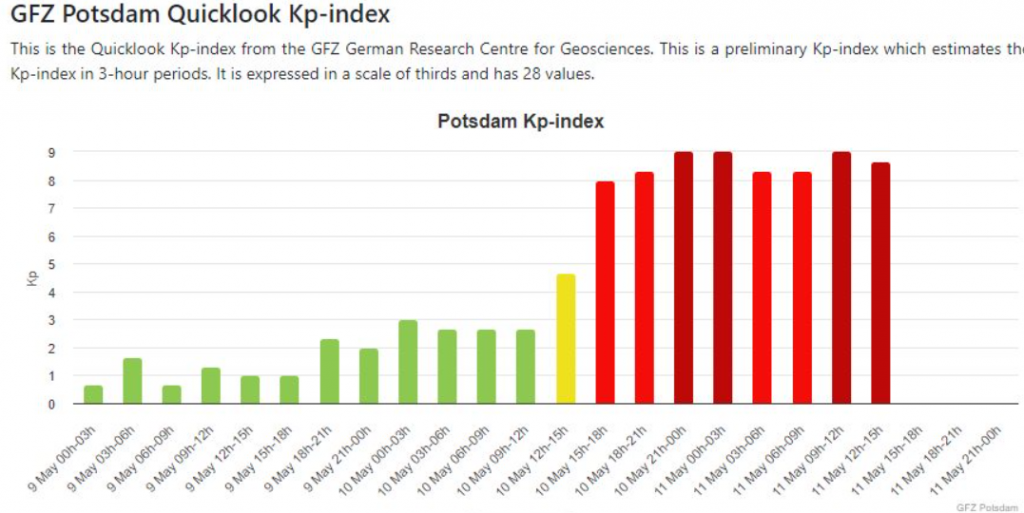
Source: https://kp.gfz.de/en/hp30-hp60
2. Probable strengthening La Nina
During Winter 2025 a shift from neutral phase to weaker La Nina pattern is predicted.
Upcoming La Nina should have impact on growing season – mainly stormier northern and eastern Amazon, such as parts of Ecuador, Colombia, Venezuela and Guyana region.
Meanwhile, southern Brazil and the region NE of La Plata should be extremely hot and dry during La Nina, with more expensive prices of coffee and other plants from the region.
Northern Patagonia should be stormier.
La Nina is strongly associated with cold and dry anomaly along the South-American Pacific coast, such as in the Galapagos.

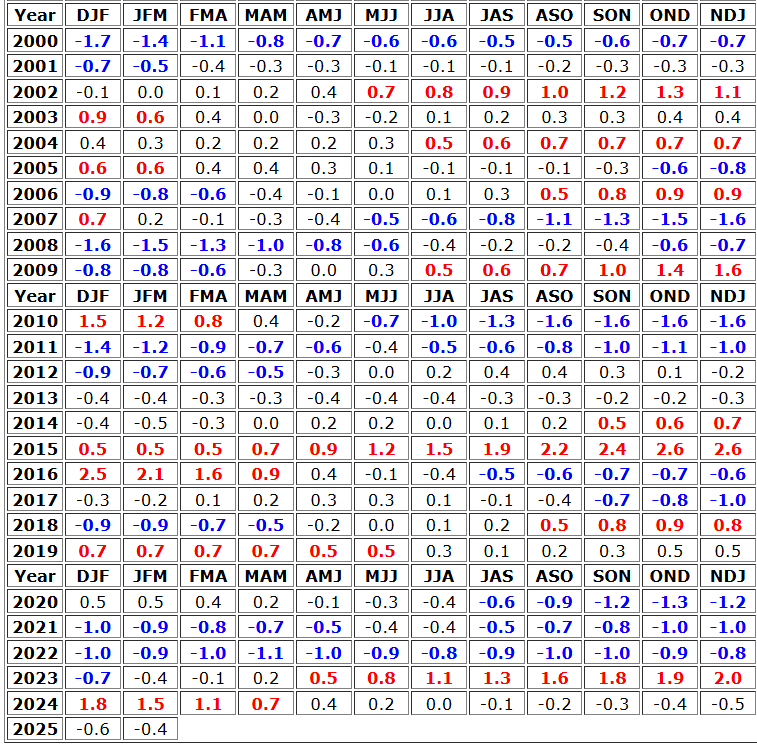
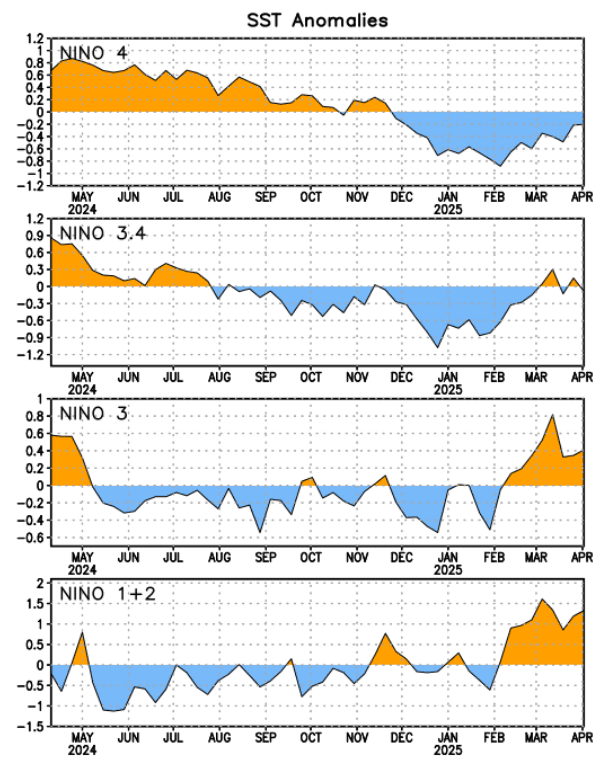
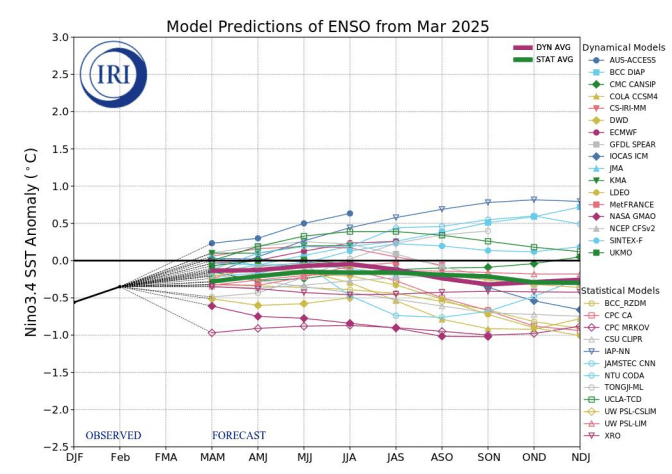
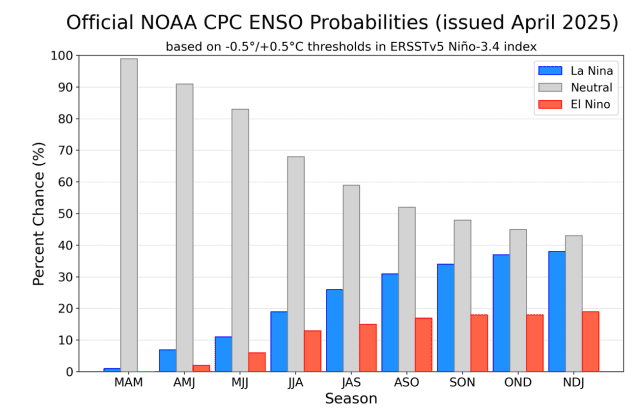
3. PDO-
La Nina in combination with IOD- and PDO- is bringing cold eastern Pacific, with below-average storm activity.
Eastern shores of South America are warmer and stormier than western, thanks to higher SSTs (Sea surface temperatures).
PDO is predicted to stay in its negative phase all year 2025. PDO- however, should be gradually weakening.
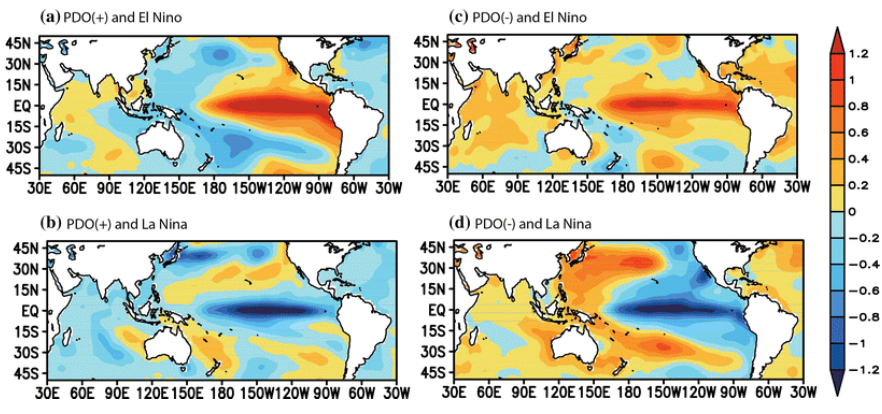
Warm SSTs during La Nina and PDO- above Asian seas. Source: https://www.researchgate.net/figure/Composites-of-SST-anomalies-during-a-the-warm-phase-of-the-PDO-and-El-Nino-years-b-the_fig3_283050507
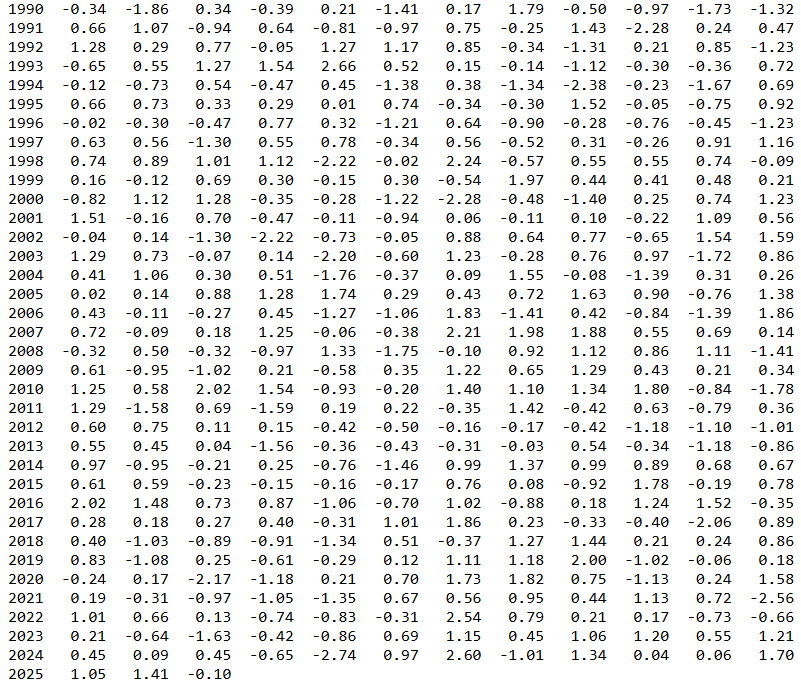
Evolution of PDO index. Source: https://www.cpc.ncep.noaa.gov/products/precip/CWlink/pna/norm.pna.monthly.b5001.current.ascii.table
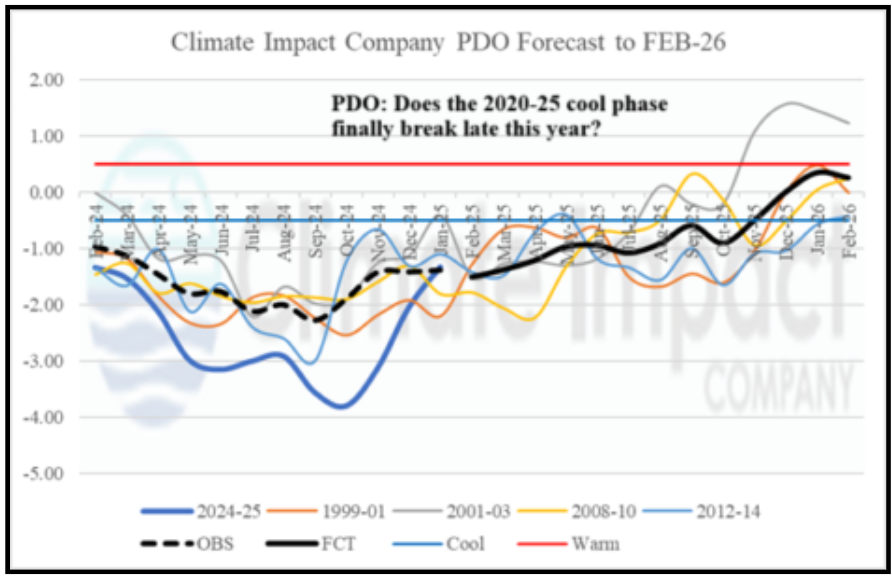
PDO forecast. Source: https://climateimpactcompany.com/february-2025-enso-pdo-amo-and-iod-outlook-2-2/
4. AAO and Antarctica
Cooling Antarctica, such a component of climate change, should affect mainly southern and central Patagonia with a relatively higher intensity of blizzards, especially in the second half of the season, in case of AAO- phase during upcoming winter.
AAO trends from 1979 to 2025 or from 2000 to 2025 showed, that in summer months (DJF), AAO+ phase is more frequent, but in winter months (JJA), clearly neutral trend was found, what mean chances for winter blizzards in southernmost parts of continents in Southern Hemisphere.
If we notice on the graph the year 2010 – with extreme negative AO and NAO phases in the Northern Hemisphere, we can read from the graph an anomalous AAO+ phase, in contrast.
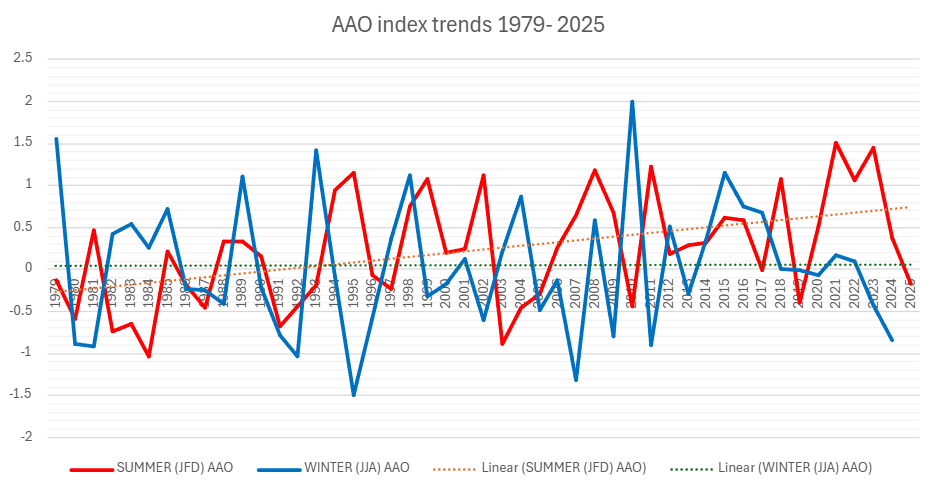
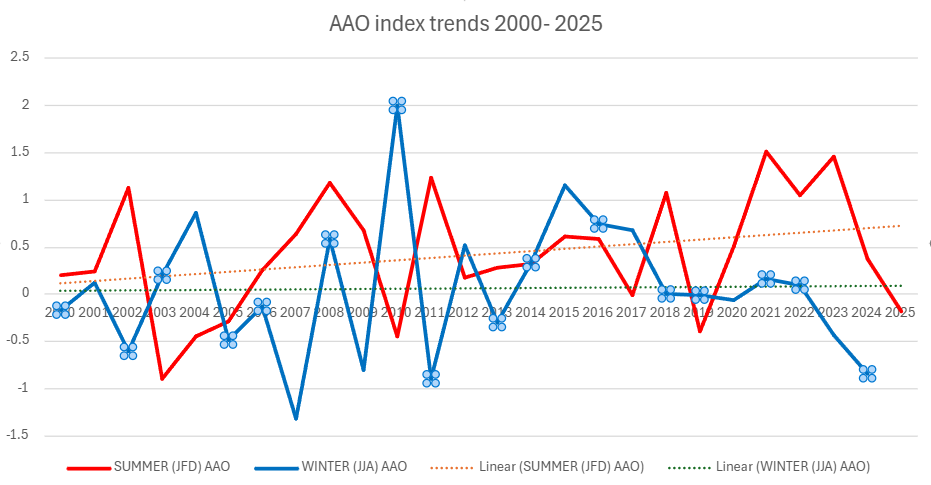
AAO index trends in summer and winter months. Source: https://www.cpc.ncep.noaa.gov/products/precip/CWlink/daily_ao_index/aao/monthly.aao.index.b79.current.ascii.table
5. A shift of Hadley Cell southward
Likewise in the Northern Hemisphere, in Southern Hemisphere is Hadley cell similarly shifted more soutward.
The shift is not so powerful, partly thanks to changes in Antarctica, and partly thanks to large area of cooling oceans in the Southern Hemisphere.
The shifted mid-latutidinal stormtrack should hit more southern regions in this changed climate. Rossby waves, however, should produce long pressure troughs with low-latitude situated lows and extreme high-latitude heatwaves on their front sides during a collapsing jet-stream.
However, in summers, AAO+ trend means more stabilizing shift of climate, against to expected shifts of Hadley cell. It means, stronger St. Helena High, stronger Eastern Island High, stronger Amundsen–Bellingshausen low and stronger Chaco low during summer (DJF). In winter, pressure highs and lows are weaker.
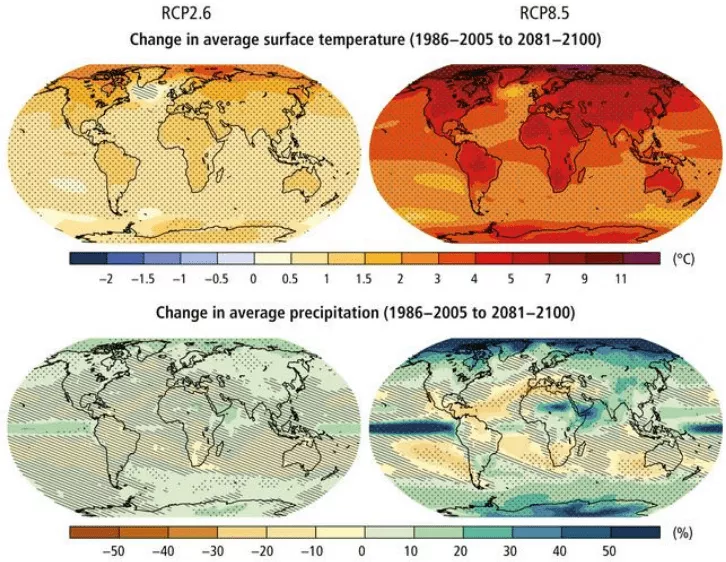
RCP8.5 (CMIP5) (IPCC, 2014). Note: precipitation changes in Europe are strongly linked with a shift of Hadley cell northward.
6. Strong (and deadly) Hurricane 2025 season
The northern coast of South America should be hit already in Summer 2025 by early Atlantic hurricanes, especially Colombia, Venezuela, Trinidad and Tobago, Guyana, French Guyana, and Suriname.
Hurricane season will be stronger thanks to La Nina, PDO- and AMO+.
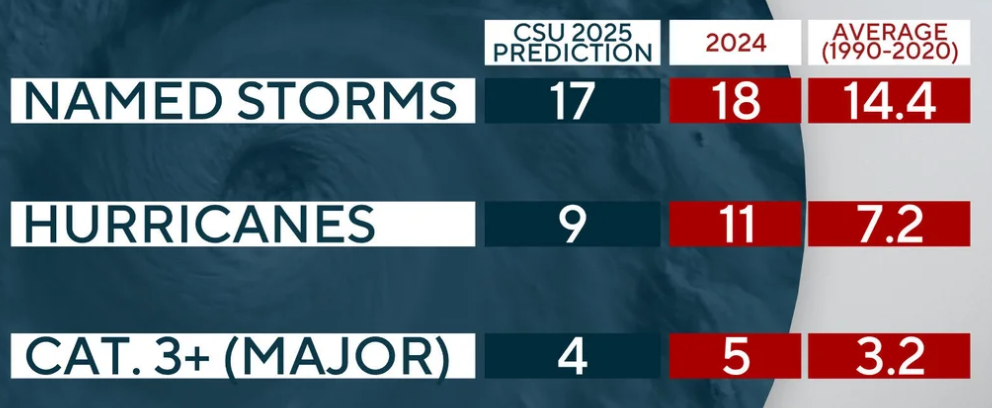
Source: https://www.cbsnews.com/news/2025-atlantic-hurricane-season-forecast/
7. South America tropical cyclone 2025-2026 season
South Atlantic tropical cyclone season, a new phenomena near Brazil and La Plata coast, is a question of November to May months, therefore, in Winter 2025 it will have a break.
Tropical depressions were in the last 20 years relatively frequent, hurricanes are still rare in the region.
Mostly hit is usually SE coast of Brazil.
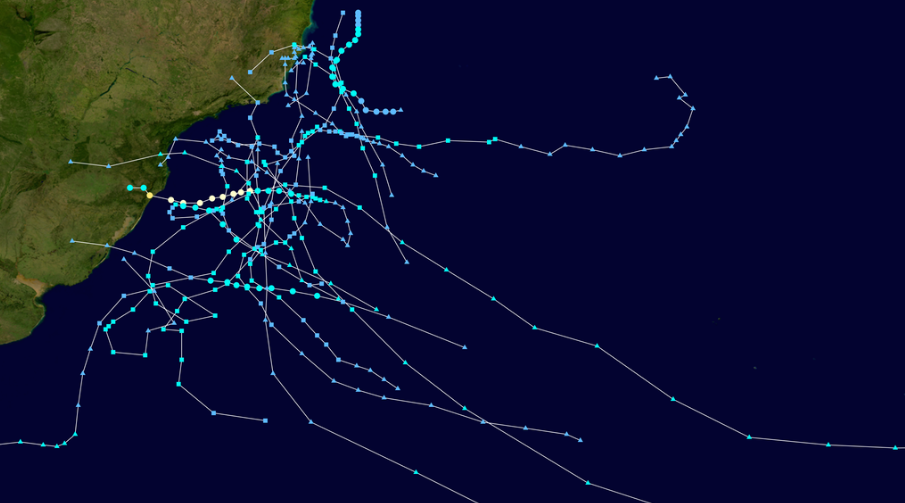
Tracks of named South Atlantic tropical and subtropical cyclones since 2004. Source: https://en.wikipedia.org/wiki/South_Atlantic_tropical_cyclone#/media/File:South_Atlantic_hurricane_tracks.png
8. Blocking high northward from the Falklands and atmospheric blocking
According to z700 geopotential level output for the region, a strong and persistent pressure high will be occurring northward from Falklands during the season.
It means, very hot and dry air on its northern side directly to southern half of Brazil, in some configuration of high pressure above Paraguay, Bolivia or northern Argentina, with severe winter heatwaves, drought, wildfires, with a needed irrigation, with a lack of water supplies and low water levels of rivers, such as worse conditions for plants and crops.
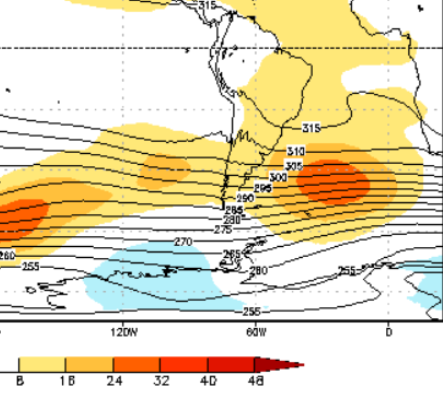
z700 output from cfsv2 or the region. Source: Source: https://www.cpc.ncep.noaa.gov/products/CFSv2/CFSv2_body.html
9. Wildfire season in southern Amazon
Associated with La Nina pattern, PDO-, PSA- and blocking high S-SE from Brazil.
Wildfire season should be crazy in southern parts of Amazon, such as like in southern Brazil, Paraguay, Bolivia or northern Argentina.
Wildfires should threaten crops and fields in agricultural regions, too.
Northern Amazon and northern rainforests will be safer, but with floods and landslides.
10. Shifts of the ITCZ and the monsoon season in the northern Amazon rainforest
ITCZ will be in Winter 2025 shifted more northward, to Columbia, Venezuela, Ecuador, Guyana region and central and northern Amazon.
It means, higher chances for floods and landslides, as severe storms for the region in northern South America.
The worst floods and storms should hit east-central Amazon, where a very strong precipitation anomaly for Winter 2025 is predicted, even with a neutral temperature anomaly.
11. La Nina-driven SSTs
Cold waters of the eastern Pacific will result in cold and dry western South American coast, such as cold and dry Galapagos.
Relatively colder SSTs should appear near Tierra del Fuego on southern Patagonia shores, with supporting relatively colder conditions in the region.
Brazilian shores, however, will be much warmer than average, with support of storm activity mainly in the North (south will be under effects of the blocking high from South Atlantic).
Interesting should be warm anomalies near western Colombia and northernmost Ecuador, resulting in stronger storm activity in the region, too.
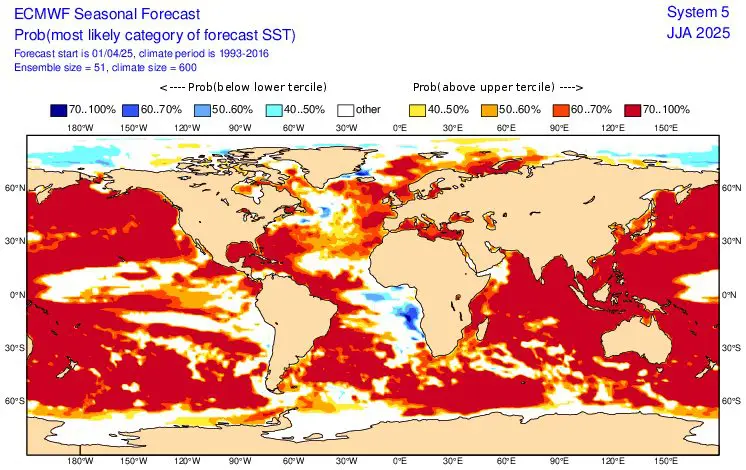
SSTs forecast for JJA 2025 (Summer 2025). Source: https://charts.ecmwf.int/products/seasonal_system5_standard_ssto?area=GLOB&base_time=202504010000&stats=tsum&valid_time=202506020000
12. MJO
40-day MJO forecast promises a dry phase at the start of Summer 2025.
A neutral phase should appear in the middle part of June 2025 for the region, which should mean stronger storm activity above the Amazon.
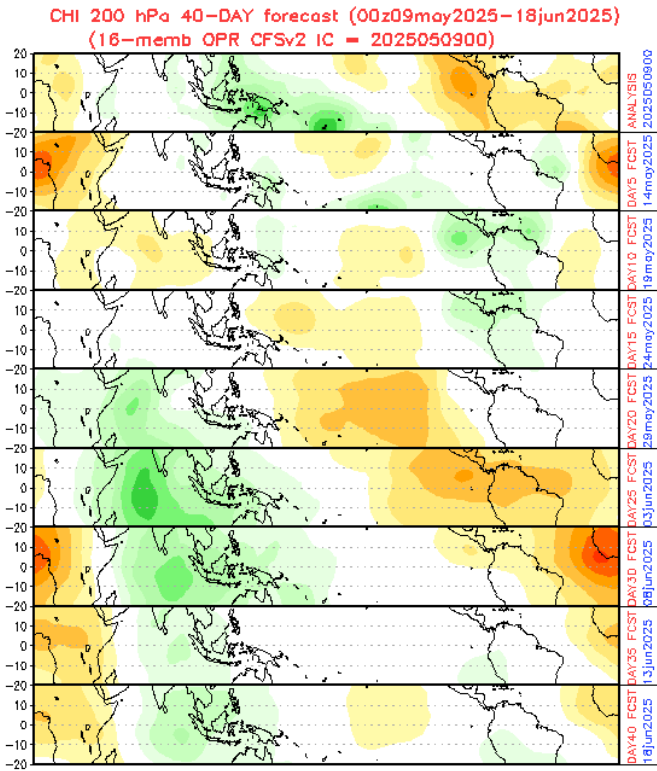
40-day MJO forecast. Source: https://www.cpc.ncep.noaa.gov/products/people/wd52qz/mjo/chi/cfs.gif
13. Mostly AO- / NAO-
Should affect mainly northernmost shores in South America – Colombia, Venezuela and Guyana region.
Sometimes, cold blasts from the north or south will shift even above the Equator, but during AO- / NAO-, it will be much harder for a shift of Arctic air masses so southward, as in winter.
However, southwestward from Spain and Portugal, a strong negative pressure anomaly is expected in Summer 2025 (in the Northern Hemisphere), which should have some effect to the N/NNE shores of South America.
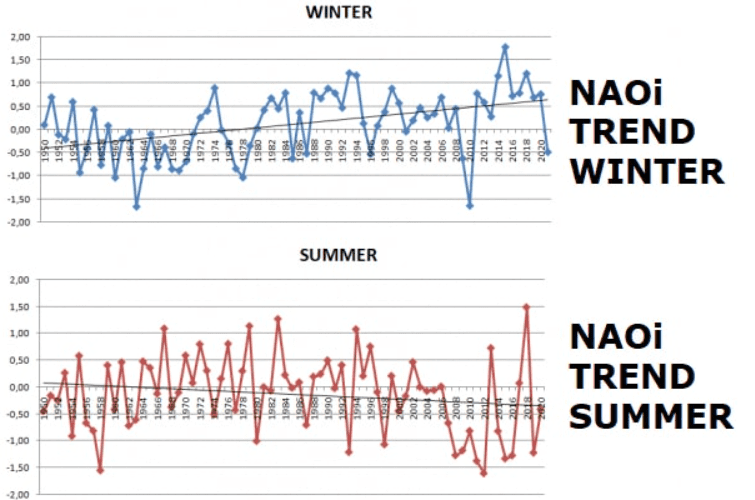
Average seasonal NAO index from daily data in the winter and summer. Source of data: https://www.cpc.ncep.noaa.gov/products/precip/CWlink/pna/norm.nao.monthly.b5001.current.ascii.table
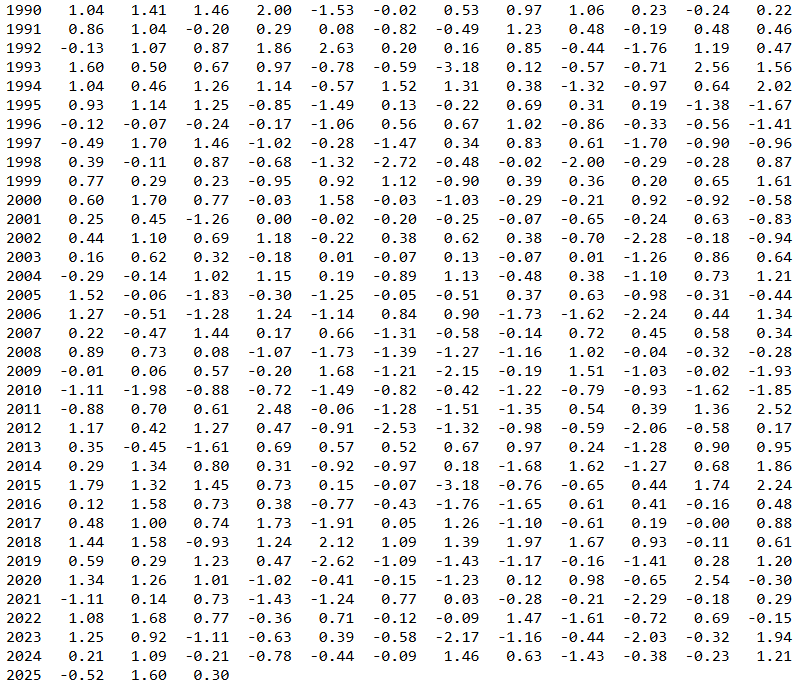
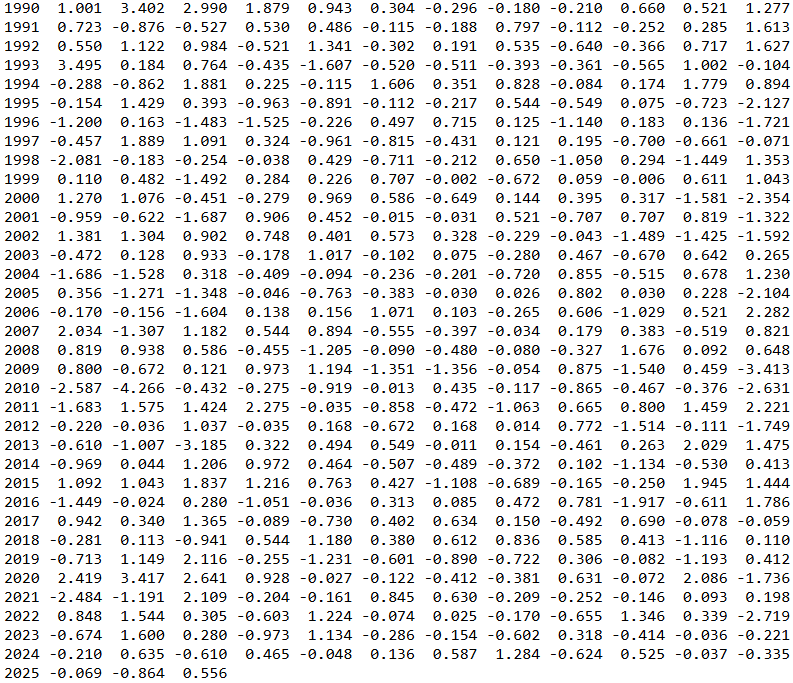
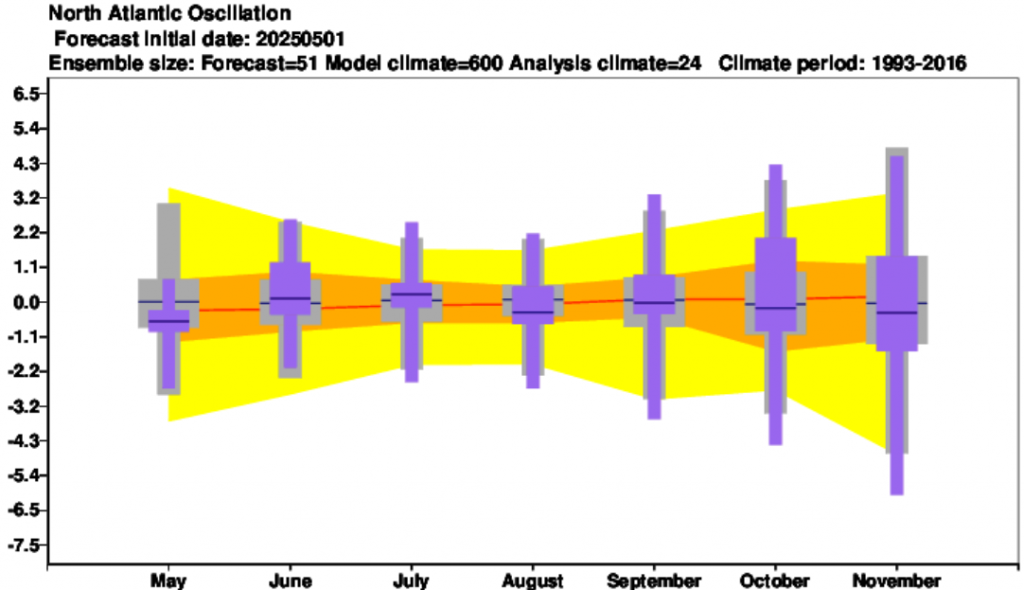
NAO forecast until October 2025 /Source: https://charts.ecmwf.int/products/seasonal_system5_climagrams_teleconnection?base_time=202504010000&index_type=NAE
14. AMO+
Warmer seas near North America, together with La Nina, PDO- and PNA- with effect on stronger hurricane season and ex-tropical disturbances, especially in late Summer 2025.
Despite the forecast weakening of the AMO+ phase in Summer 2025, and regenerating in Autumn 2025, still very warm SSTs above the Atlantic should produce a very dangerous Hurricane season 2025 /https://climateimpactcompany.com/february-2025-enso-pdo-amo-and-iod-outlook-2-2//.
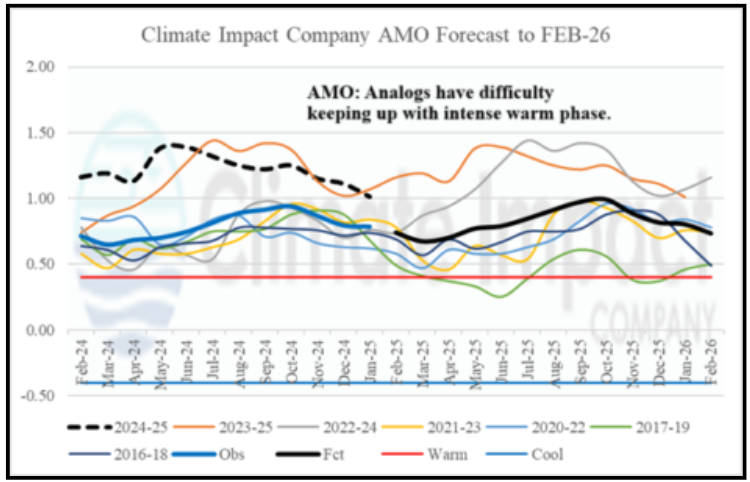
AMO outlook. Source: https://climateimpactcompany.com/february-2025-enso-pdo-amo-and-iod-outlook-2-2/
15. QBO shifting from W to E phase
More support for meridional airflow conditions, thanks to a slow, gradual shift from Westerly to Easterly phase is expected in 2025.
For South America it means more easterly tropical winds as westerly.
Downward motion of the easterlies is usually more irregular than that of the westerlies.
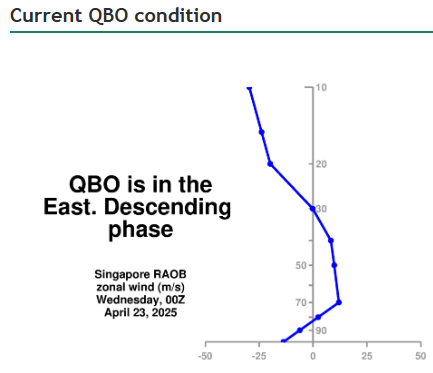
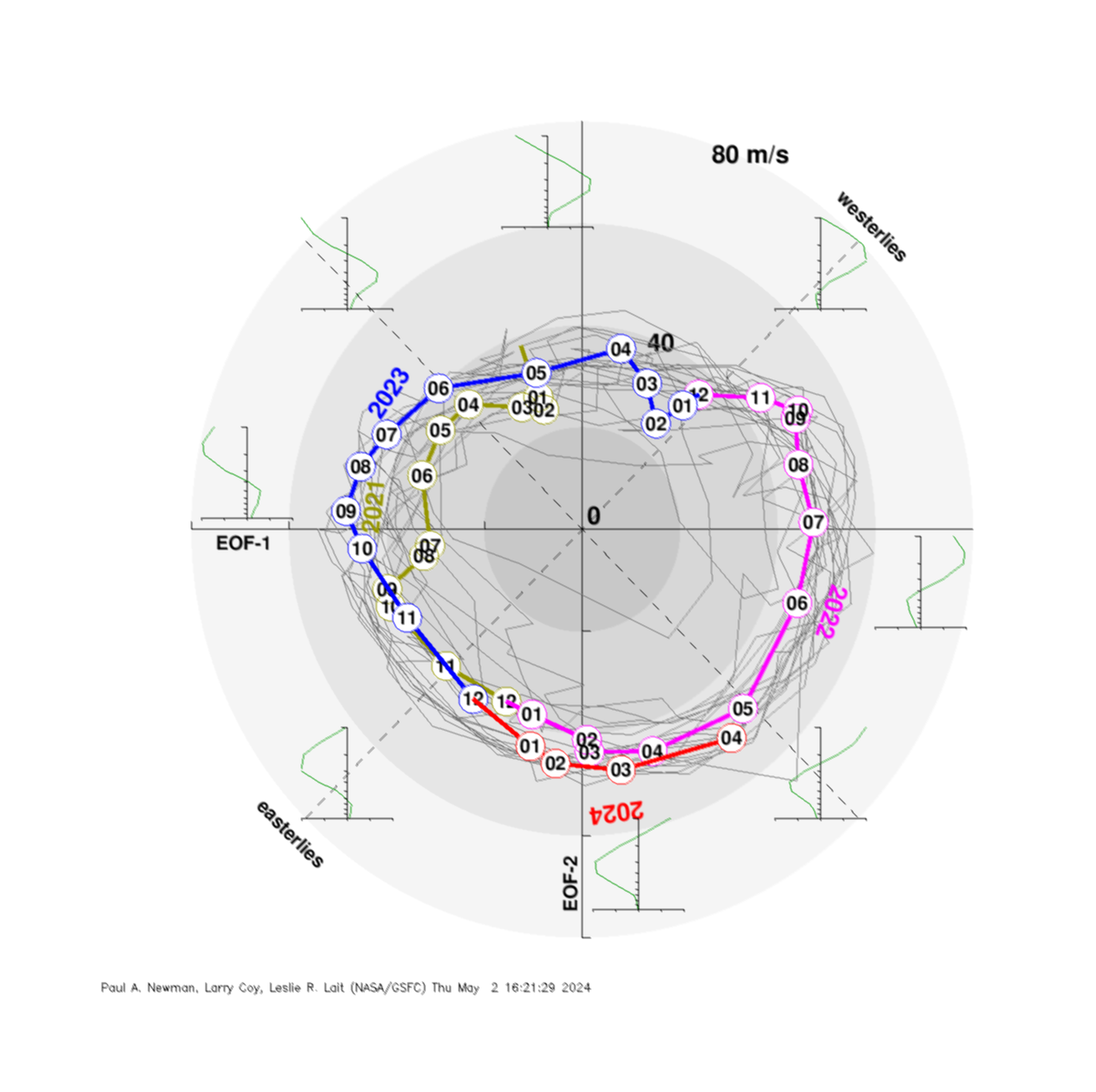
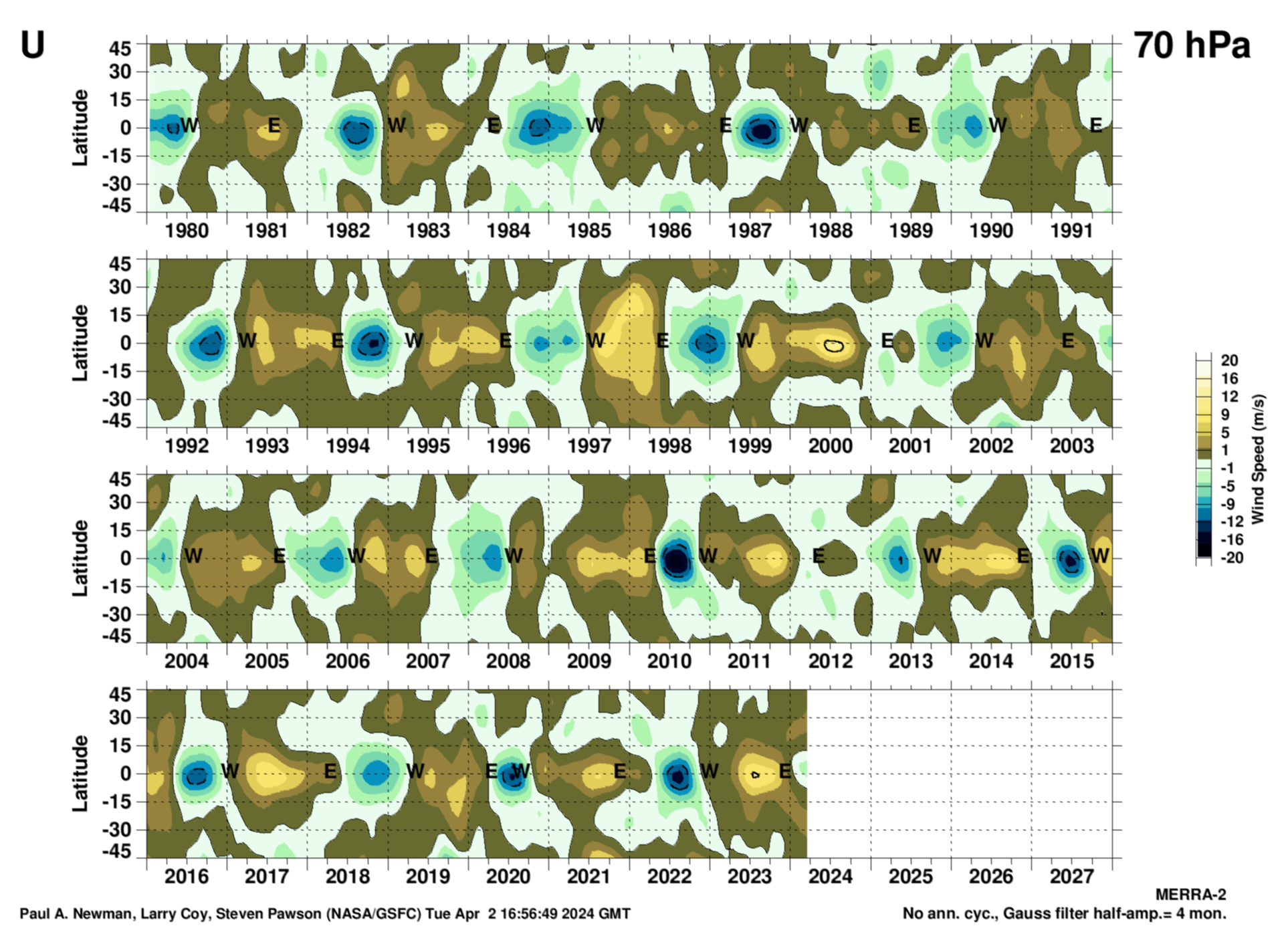
16. PNA-
PNA will be similarly, than its South-American equivalent, PSA in negative phase.
For better result, we will say more about PSA effect on South-American weather in the next parts of the article.

Evolution of PDO index. Source: https://www.cpc.ncep.noaa.gov/products/precip/CWlink/pna/norm.pna.monthly.b5001.current.ascii.table

PDO forecast. Source: https://climateimpactcompany.com/february-2025-enso-pdo-amo-and-iod-outlook-2-2/
17. IOD-
The Indian Ocean Dipole (IOD) is defined by the difference in sea surface temperatures between the eastern and western tropical Indian Ocean.
Mostly neutral or slightly negative IOD index during Summer 2025 is expected.
IOD- correlates with La Nina and NAO-, but too PDO- and PSA-, therefore, far Asia will be supporting teleconnections above South America, too in the following season.
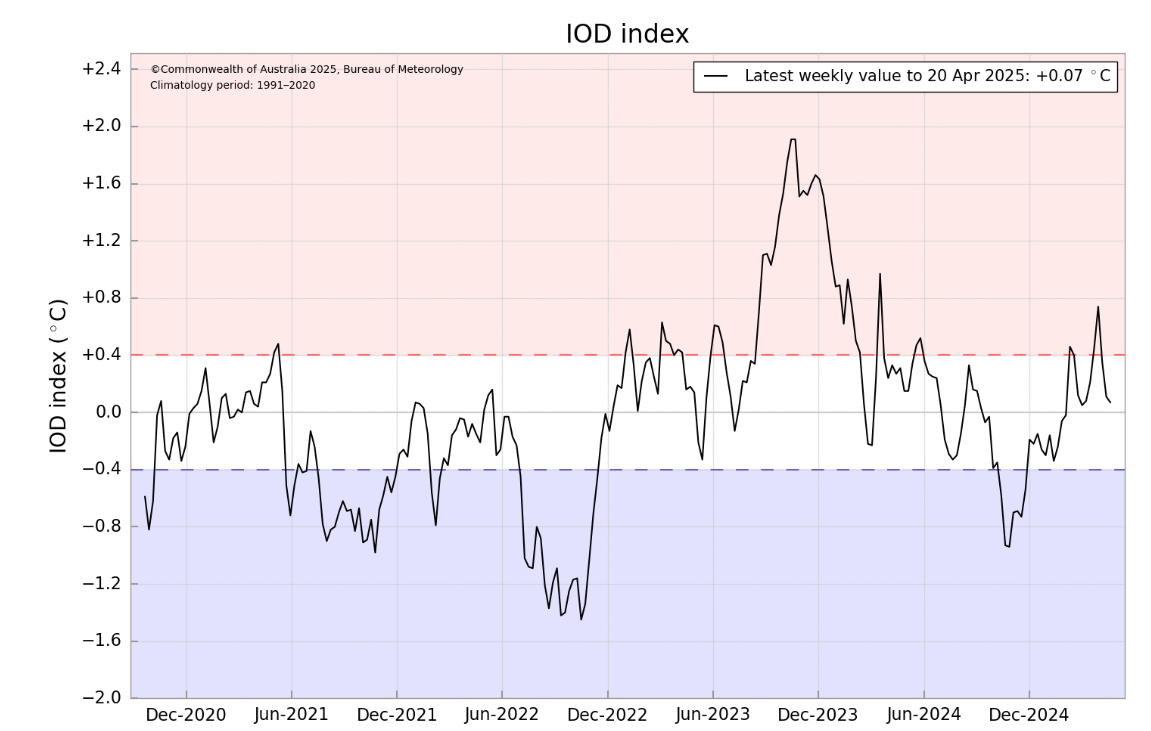
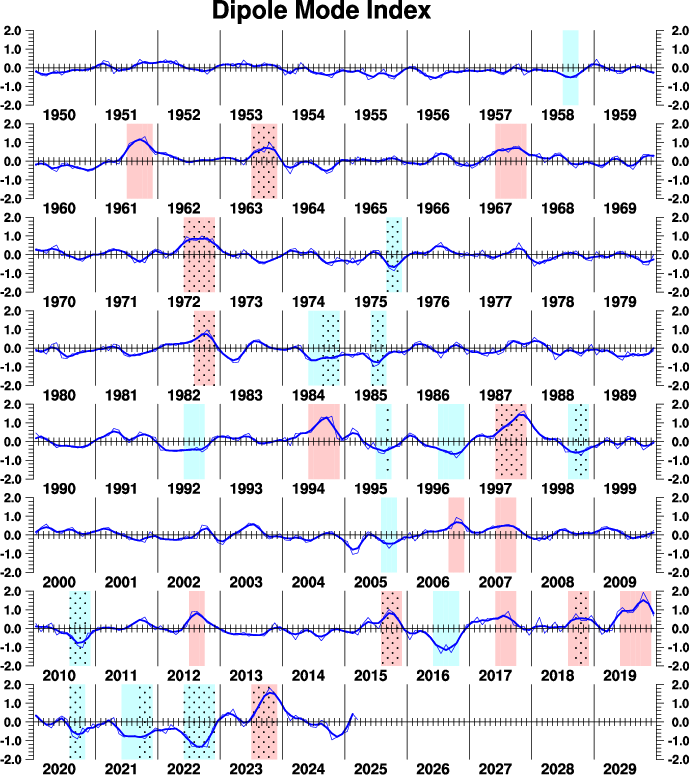
18. Dakar Nino / Nina
The Dakar Niño/Niña above the Atlantic may interact with the broader Atlantic Equatorial Mode, which has been associated with rainfall variability in northeastern South America.
However, it is relatively new phenomena under the investigating, we are presupposing, that similarly than La Nina, it will be bringing drought into western coast of the continent (in this case Africa, in case of South America the Pacific coast) and stormy pattern in equatorial and subequatorial areas on eastern coasts of the continent (in this case northern South America, in case of Asia SE Asia).
19. PSA (The Pacific South American Pattern)
In these months, the Pacific–South American (PSA) pattern is an important atmospheric teleconnection influencing climate variability in the Southern Hemisphere, particularly affecting temperature and precipitation patterns over South America.
The PSA pattern is characterized by a sequence of high and low-pressure systems extending from the South Pacific into South America.
This pattern influences the jet stream and storm tracks, thereby affecting regional climate conditions.
The negative phase of the Pacific–South American (PSA) pattern is typically triggered by La Niña conditions in the equatorial Pacific. Leads to a negative PSA pattern: this features high pressure near the Amundsen/Bellingshausen Sea and low pressure farther north and east toward South America. It is causing Western Pacific warming (even without full La Niña).
PSA is influenced by IOD and MJO, when they modulate tropical convection.
Southeastern South America (e.g., southern Brazil, northern Argentina, Uruguay) are hot and dry during PSA- and Central Chile is wet.
20. Volcanoes
Volcanoes in Andes should have a local, maximally regional effect on temperature or cloudiness in South America in Winter 2025, in case of stronger eruptions, with higher VEI.
Similar or lesser effects of the possible very strong eruption across “The Ring of Fire” on the weather in South America, especially through global temperature fluctuations.
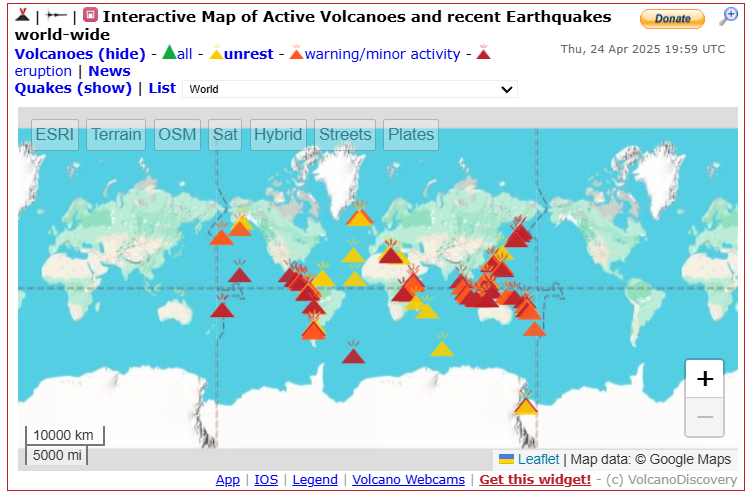
Now, we should look at the 6 main sectors on the forecast map for Winter 2025 for South, with similar regimes of weather:
A) TEMPERATURE NEUTRAL, SLIGHTLY ABOVE AVERAGE OR LOCALLY COLD, IN THE FIRST HALF MORE RAIN, IN THE SECOND HALF HIGER FREQUENCY OF BLIZZARDS AND SNOW (SOUTHERN AND CENTRAL PATAGONIA – VIOLET): The first half of winter more rainy and stormy, the second more snowy with powerful blizzards. AAO neutral or AAO- driven pattern supported by the cooling of Antarctica. Colder air flow should be partially triggered by a blocking high northward from the Falklands, too, and flowing on their front and southern side. Maximum temperatures from +10°C in the southernmost parts to +20°C in northern parts, minimum temperatures from -25°C to -10°C.
B) COLD AND DRY WITH LOWER-FREQUENCY STORMS OR BLIZZARDS (SOUTH-CENTRAL CHILE – BLUE): La Nina driven pattern, with some greetings of winter from the south, and AAO neutral / AAO- / colder Antarctica. Maximum temperatures range from +15°C in the south to +25°C in the north, minimum temperatures range from -20°C in the south to -5°C in the north.
C) STORMY AND FROM TEMPERATURE NEUTRAL IN EASTERN RAINFORESTS / NORTHERN PATAGONIA TO HOT IN WESTERN RAINFORESTS NORTHERN ARGENTINA REGION, SEVERE STORMS WITH FLOODS AND LANDSLIDES IN THE NORTH, SOUTH WITH WINTER STORMTRACK RAINFALL, RARELY SNOW (EQUATORIAL RAINFORESTS IN BRAZIL, COLOMBIA, VENEZUELA, GUYANA REGION, ECUADOR AND NORHTERN ARGENTINA AND URUGUAY – GREEN): La Nina, PDO-, AMO+, PSA-, IOD- driven pattern in northern South America, with heavy rainfall and severe storm activity across the northern third of the continent. Floods and landslides highly probable. In western regions hot, in eastern colder than the long-term average. Maximum temperatures up to +35/+40°C, in drier regions up to +42°C. Some cold Antarctic blasts from the south even up to the Equator, with cooling effects below +20°C. In the La Plata region heavy rains and storms on the winter mid-latutidinal stormtrack, linked with La Nina, too. Maximum temperatures range from +25°C in the south to +30°C in the north, minimum temperatures from -20°C in the south to -5°C in the north.
D) EXTREMELY STORMY AND RELATIVELY COLD, WITH FLOODS AND LANDSLIDES (EAST-CENTRAL AMAZON, BRAZIL – DARK GREEN): Anomalously stormy region with floods and landslides, thanks to the configuration of teleconnections, especially weaker La Nina. Maximum temperatures around +35°C. Some cold Antarctic blasts from the south even up to the Equator, with cooling effects below +20°C.
E) COLDER AND DRY (STRONGLY LA NINA-DRIVEN) (THE PACIFIC COAST IN CHILE, PERU, ECUADOR – YELLOW): Cold and dry La Nina coast, with a contribution of PDO-, AMO+, PSA-, IOD-,…sunny and stable weather, maximum temperatures +25/+35°C in lowlands, locally up to +40°C and only +15/+20°C in the mountains.
F) HOT AND DRY WITH SEVERE HEATWAVES AND WILDFIRES, IRRIGATION NEEDED, LACK OF WATER SUPPLIES, LOW WATER LEVELS IN RIVERS (SOUTHERN BRAZIL, PARAGUAY, BOLIVIA, POSSIBLY NORTHERNMOST ARGENTINA TEMPORARILY – DARK RED): Typical La Nina pattern. Northward from the Falklands will persist a robust blocking high during Winter 2025, together with other teleconnections causing heatwaves in southern Brazil and parts of Paraguay, Bolivia, and northernmost Argentina, with a powerful wildfire and drought season, especially in southern Brazil, with a possible more expensive price of coffee from the region. Irrigation on fields, crops, plants needed, regionally lack of water supplies and low water levels of rivers. Maximum temperatures up to +42°C, minimum temperatures around 0°C in the south, up to +10°C in the north, with some ground frosts in southern regions.
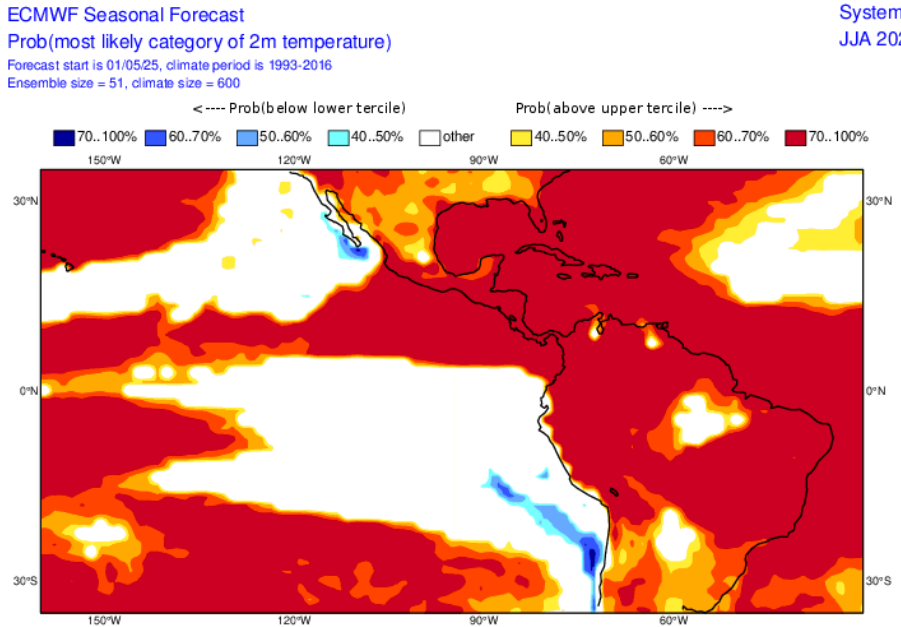
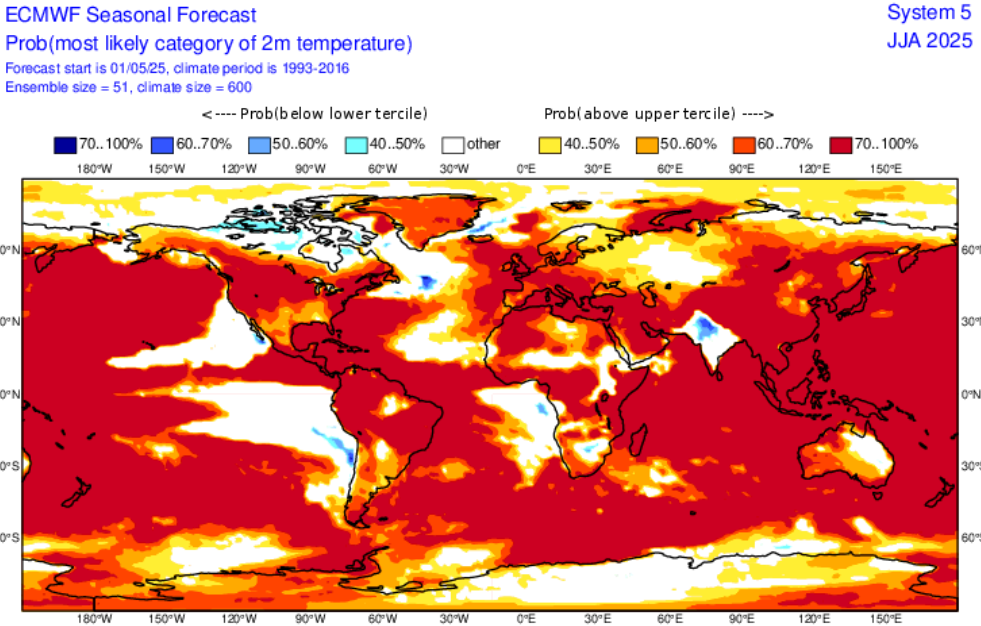
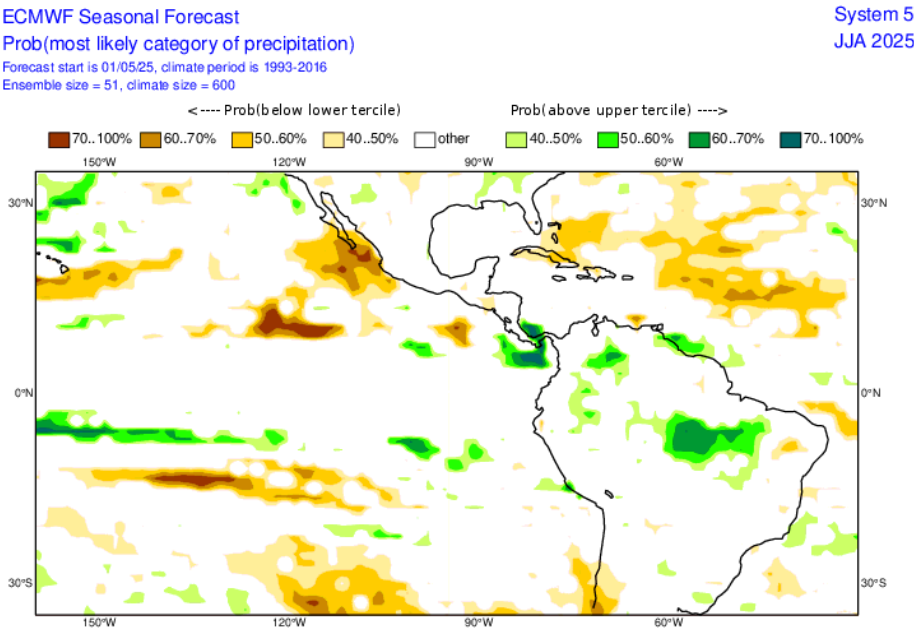
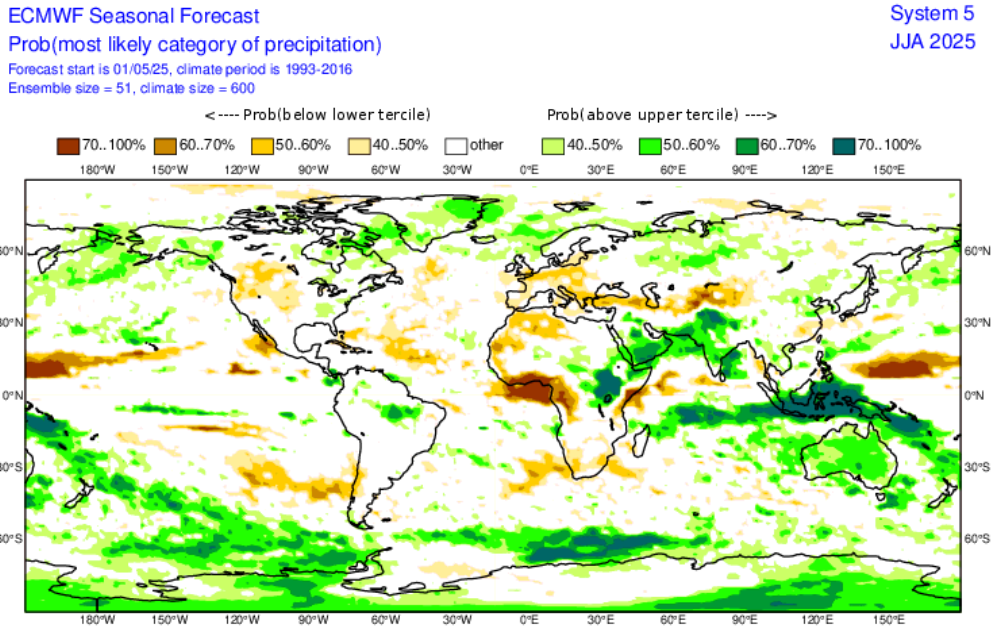
Temperature and precipitation outlook for Winter 2025 in South America from ECMWF. Source: https://charts.ecmwf.int/
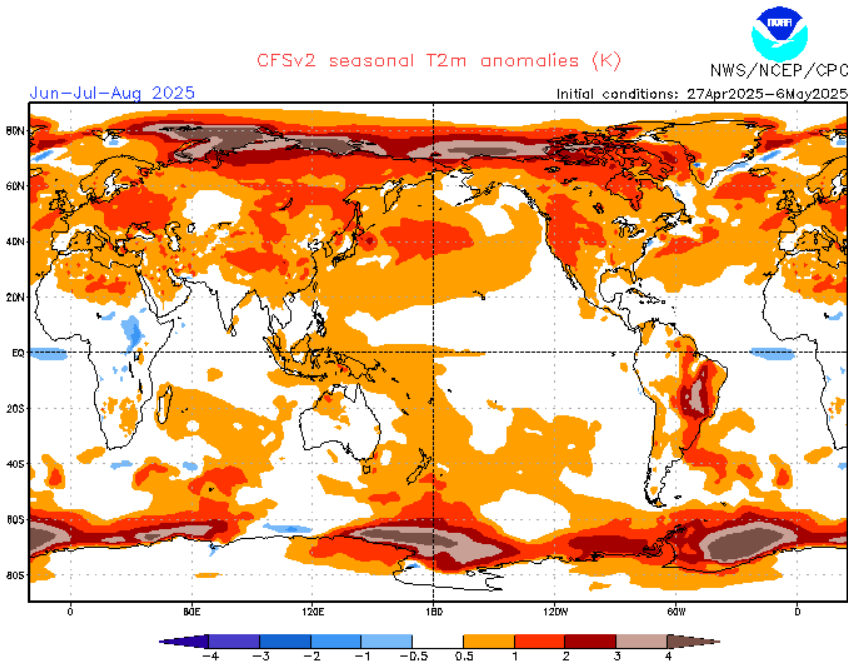
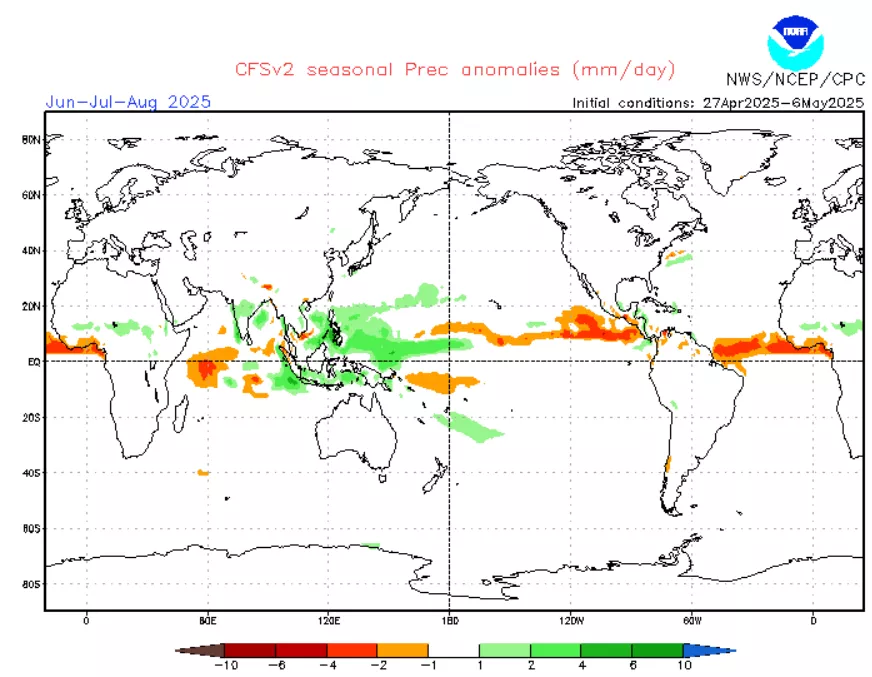

CFS forecast for Summer 2025. Source: https://www.cpc.ncep.noaa.gov/products/CFSv2/CFSv2_body.html

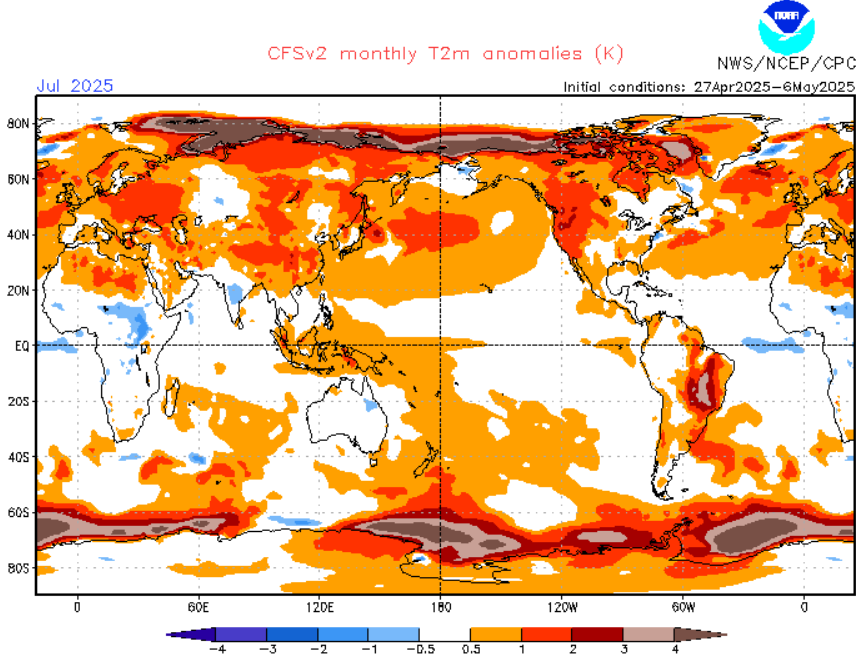
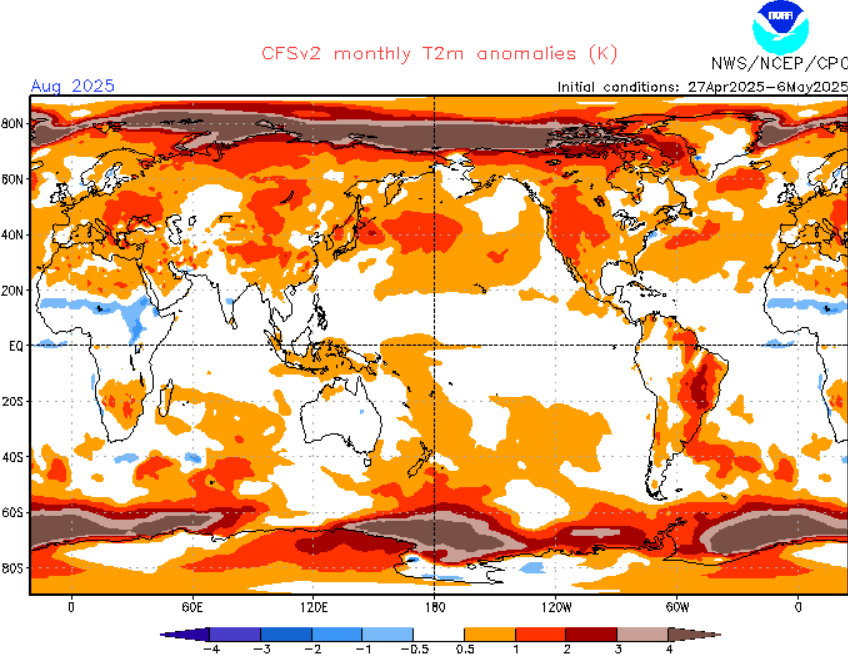
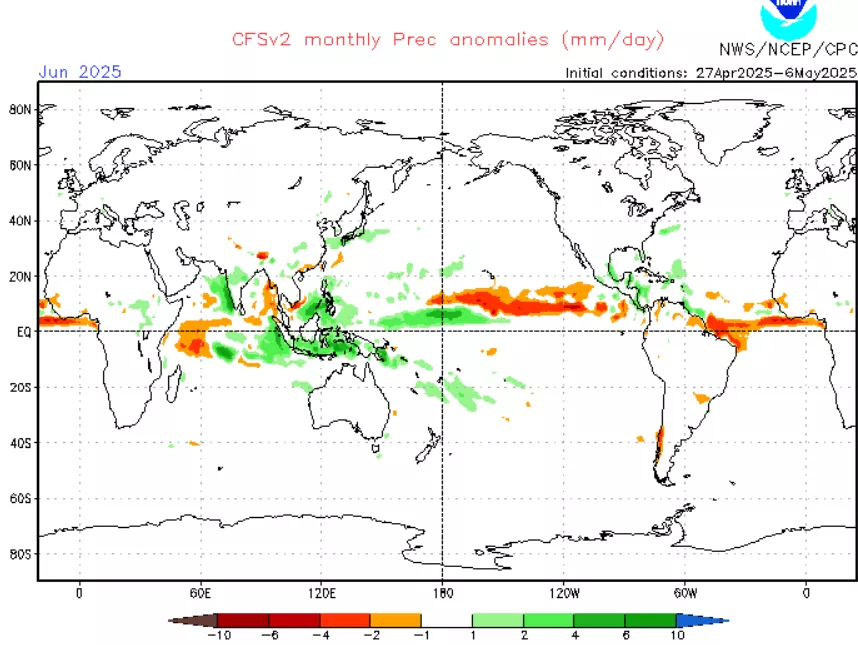

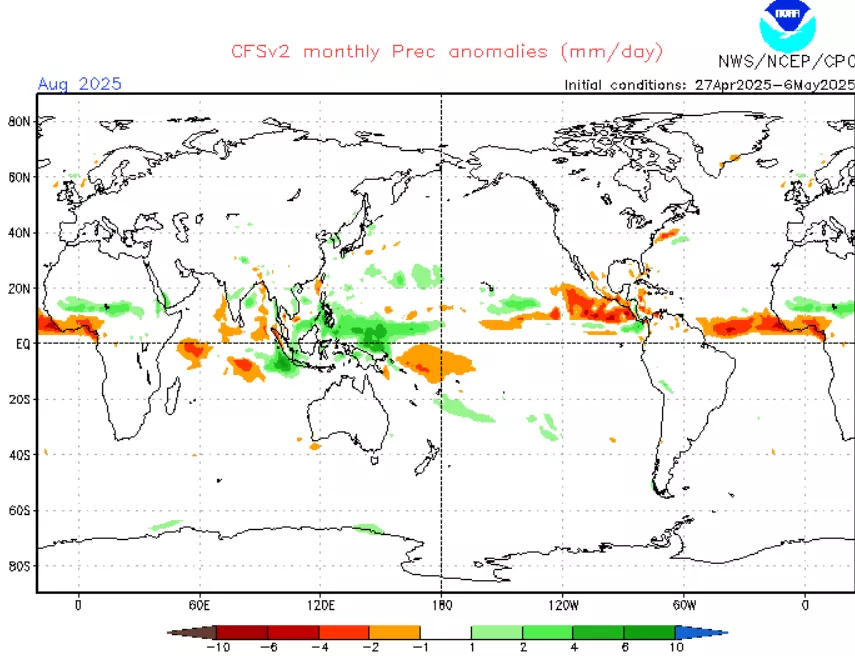
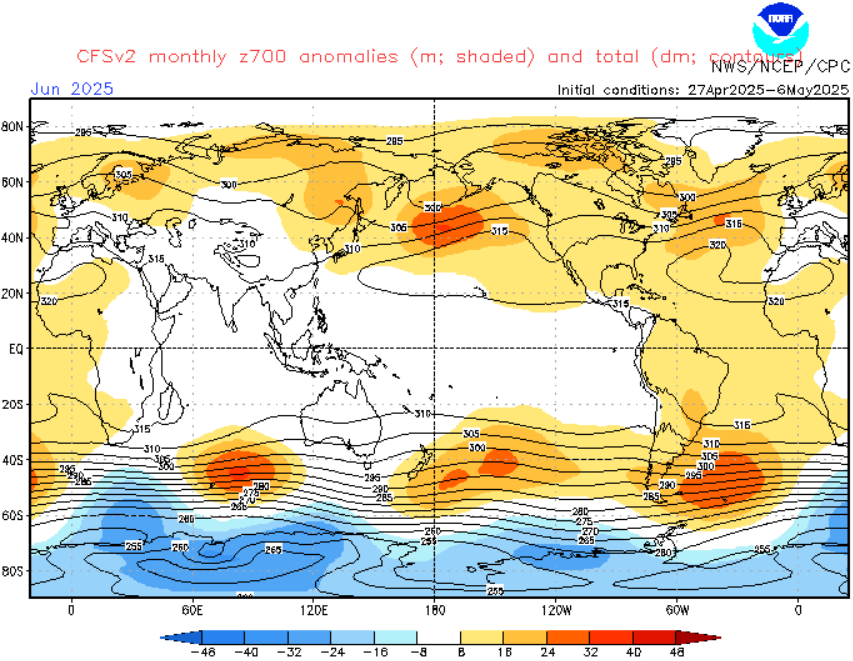
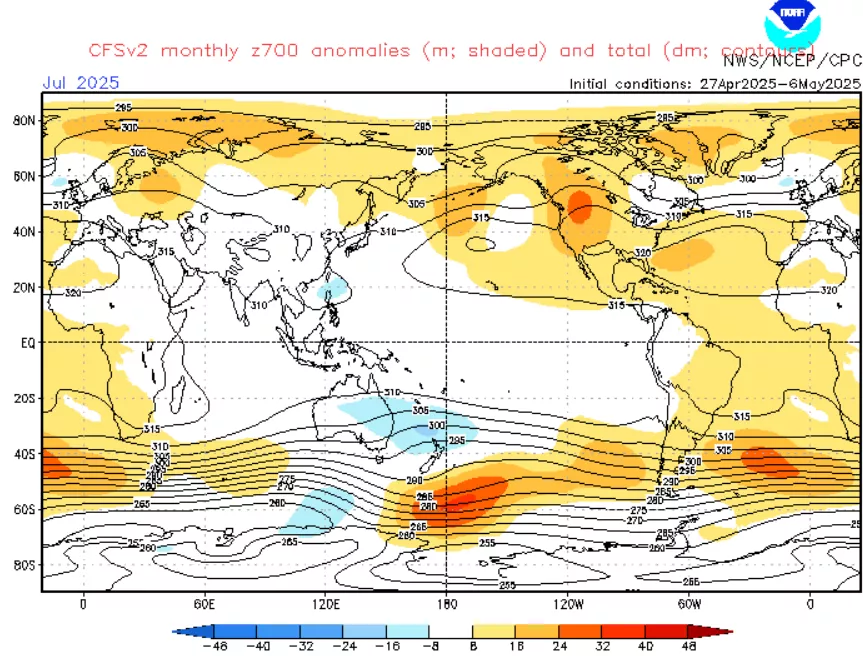
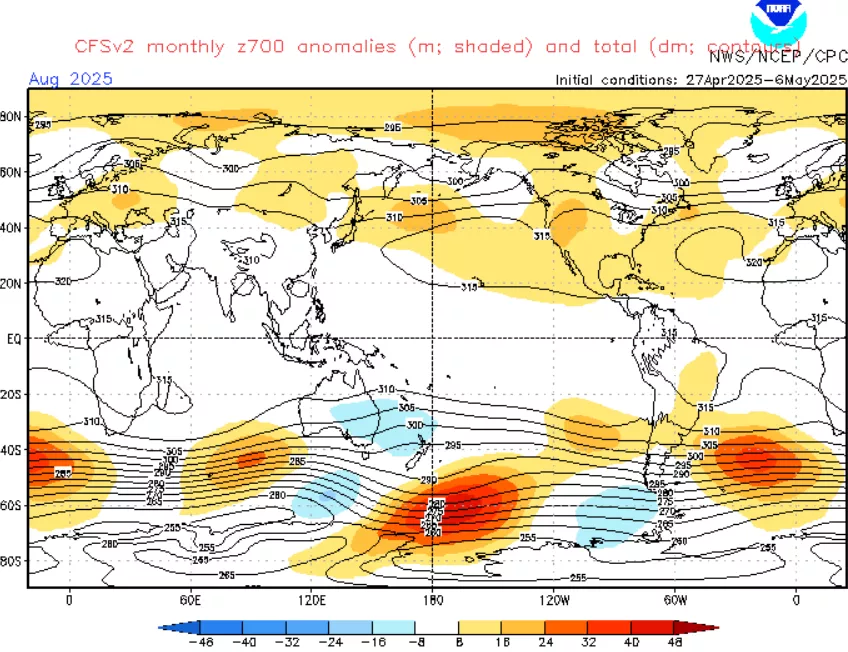
CFS forecast for Summer 2025 per months. Source: https://www.cpc.ncep.noaa.gov/products/CFSv2/CFSv2_body.html
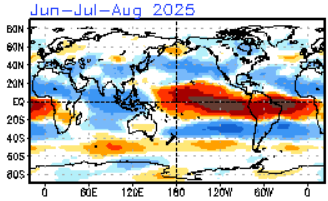

Summer 2025 u200 – u850 in m/s. Source.

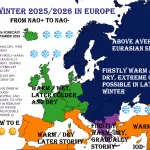
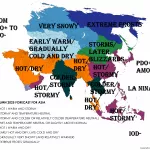


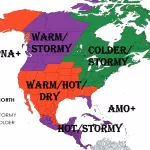
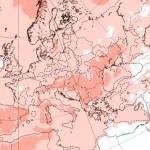
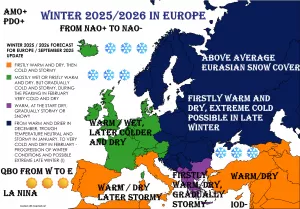
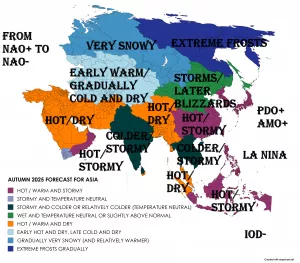

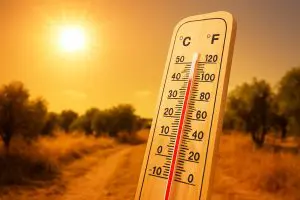
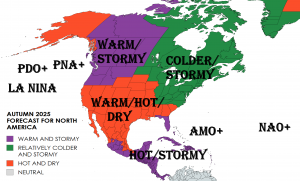
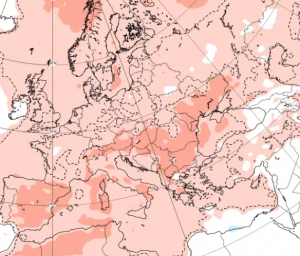
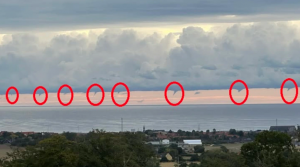
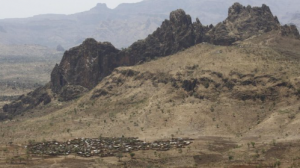
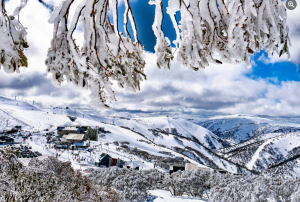



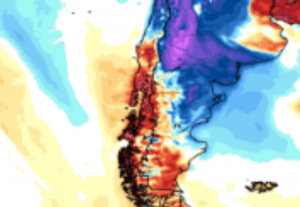

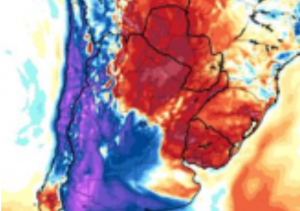
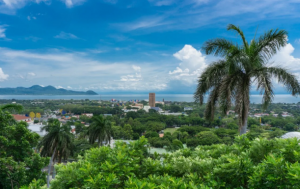




17 thoughts on “WINTER 2025 FORECAST FOR SOUTH AMERICA: LA NINA, AAO-, PDO-, PSA-, DAKAR NINA, AO-/NAO-, IOD-, AMO+, QBO TO – / HOT AND DRY SOUTHERN BRAZIL/BOLIVIA/PARAGUAY, STORMY RAINFOREST (COLOMBIA, VENEZUELA, GUYANA REGION, ECUADOR, AMAZON RAINFOREST), COLDER AND DRY PACIFIC COAST (N CHILE, PERUVIAN AND ECUADOR COAST), STORMY LA PLATA, RAINY AND SNOWY PATAGONIA”
Comments are closed.